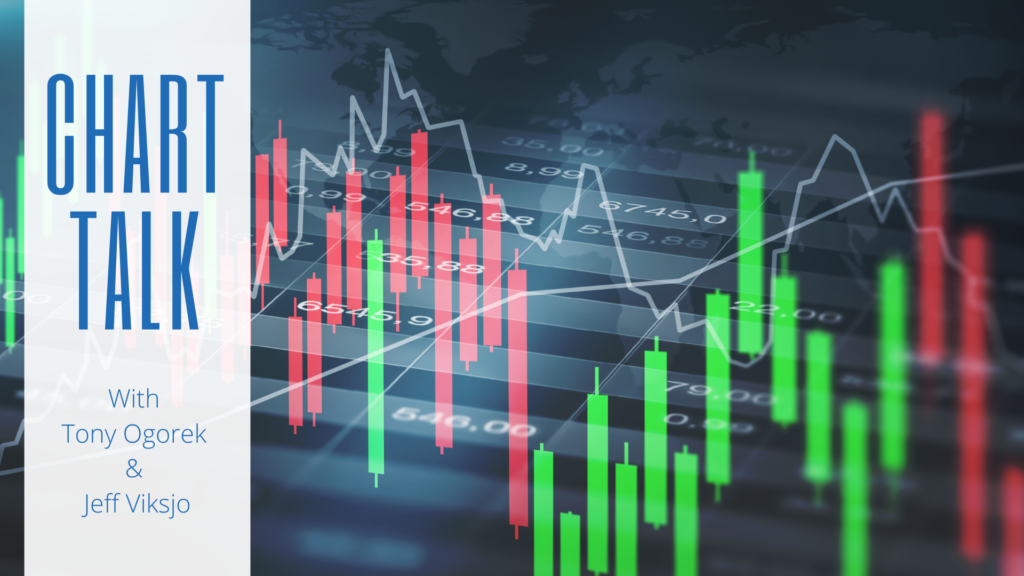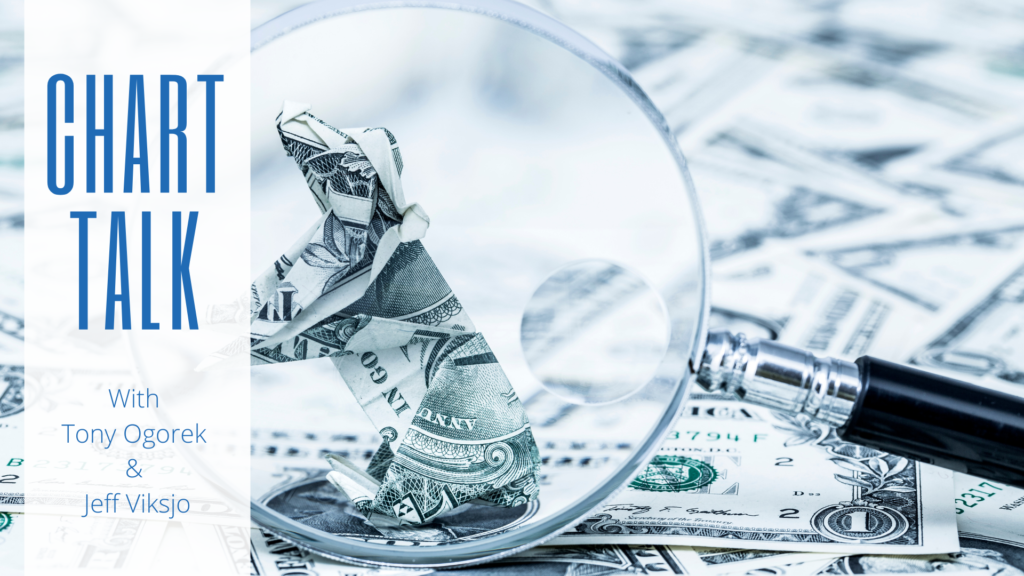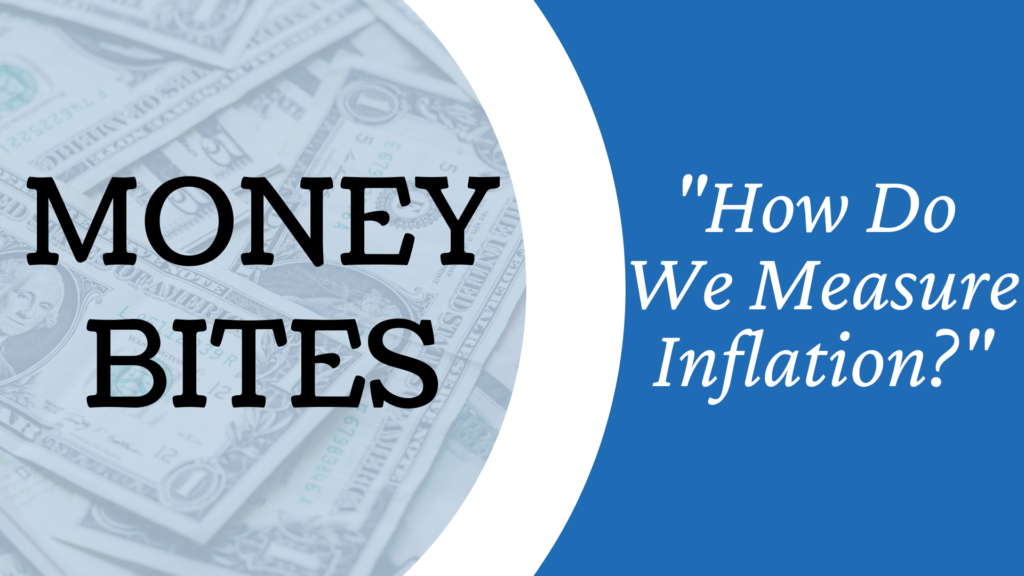All Recessions Are Not The Same
Published on: 08/09/2022
In this edition of Chart Talk, Tony Ogorek and Jeff Viksjo look back at prior recessions to discuss their position that not all recessions are the same.
TRANSCRIPT
TONY:
Welcome to another edition of Chart Talk. I’m Tony Ogorek. I am here with Portfolio Manager, Jeff Viksjo. And today, Jeff, we are going to talk about recessions, and our position that not all recessions are the same. So, let’s take a look Jeff, at the first chart we got, which is sort of the rule of thumb approach to determining whether in fact we’re in a recession.
JEFF:
Yeah. The shorthand definition for a recession, that we all know, is just two consecutive quarters of negative GDP growth. We’ve had that. So, the first two quarters of this year were negative. So Tony, if you drill down a little bit into all the different components you realize most of them are positive, are showing growth, like consumer spending. One of the most important indicators. But there some other parts of it, like inventory; business inventory, where they bought, basically, too much stuff last year and now they’re able to whittle it down this year which is causing the negative growth.
TONY:
Right. So, understand we’ve got an extremely large economy. Really the largest in the world. And if we look at our next chart, what we are seeing is that there are a lot of components to our economy and that’s why it isn’t just a simplistic, ‘well two quarters and we’re in and you get a positive quarter and we’re out’. The National Bureau of Economic Research looks at a lot of nuanced information over a period of months. And, you know, it’s not that easy to say whether we’re in a recession or not. So, let’s take a look at some of these, these are the main criteria that they look at to determine whether we are in a recession or not. And geez, Jeff, when you look at this, most of the bars seem to be positive, not negative.
JEFF:
Yea. I mentioned consumer spending is still rising, industrial production is still rising. The biggest indicator, of course, is just jobs. The unemployment rate is 3.5%. So, if the National Bureau of Economic Research looks back at this time period and says we are in a recession, that would be surprising because unemployment is so very low.
TONY:
Right and you know Jeff, if you look at some of the prior recessions we’ve had, you know, they were really caused by exogenous, or outside events. We had 9/11, that caused an immediate recession. We had the Global Financial Crisis, that was extremely severe that caused that. And then we had the Pandemic, which also was rather severe, but short lived. Here we’re not really looking at an exogenous event, we’re just looking at more of a traditional business cycle slowdown. So, again looking at prior recessions, thinking we will have a repeat of that, may not be the case this time.
JEFF:
Yea and not all recessions are created equal. Sometimes they’re necessary. I think if we have a shallow recession that takes care of our inflation problem, at the end of the day, I think that’s a good thing.
TONY:
All right. Thank you, Jeff. And thank you for listening to this edition of Chart Talk.
PLEASE SEE IMPORTANT DISCLOSURE INFORMATION HERE.


